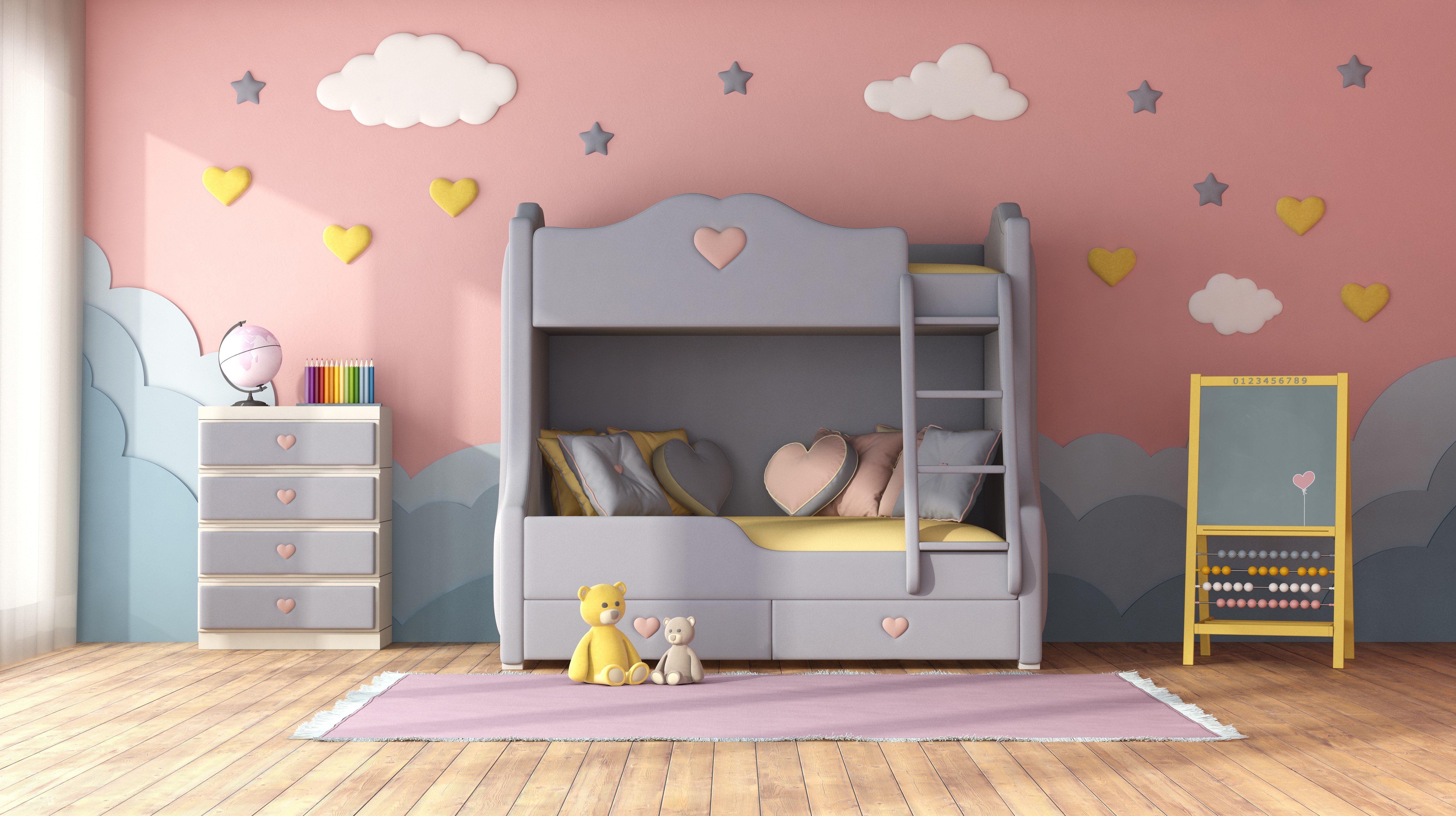Exploring Bunk Beds: A Comprehensive Guide
Bunk beds have actually long been a staple in kids's bed rooms, dormitories, and even homes with restricted space. Not only do they provide a useful sleeping service, but they likewise create a fun and imaginative environment for kids and a great space-saver for adults and families. This post will explore whatever you require to understand about bunk beds, from types and products to safety suggestions and purchasing advice.
Table of Contents
- Types of Bunk Beds
- Conventional Bunk Beds
- Loft Beds
- Triple Bunk Beds
- L-Shaped Bunk Beds
- Material Options
- Wood
- Metal
- Safety Considerations
- Buying Guide
- Frequently asked questions
Kinds Of Bunk Beds
Bunk beds are available in numerous designs to suit different requirements and preferences. Here's a breakdown of the most typical types:
Conventional Bunk Beds
Traditional bunks usually feature two beds stacked vertically on top of one another. These beds are perfect for brother or sisters sharing a room or for making the most of sleeping space in visitor spaces.
Loft Beds
Loft beds stand likewise to standard bunk beds but do not have a lower sleeping location. Rather, they frequently incorporate a desk or seating location underneath, making them a great option for little spaces requiring multifunctionality.
Triple Bunk Beds
Triple bunk beds are developed for 3 occupants, with beds stacked in a three-tier setup. These are less typical however can be a fun solution for big families or slumber parties.
L-Shaped Bunk Beds
With one bed positioned horizontally and the other vertically, L-shaped bunk beds are frequently geared up with extra features such as desks or storage drawers and can match corner areas in a space.
Comparison of Bunk Bed Types
| Bed Type | Ideal Use | Description |
|---|---|---|
| Standard | Shared bedrooms or guest rooms | Two beds stacked vertically |
| Loft | Small spaces requiring multi-purpose space | Upper bed with open space below |
| Triple | Big households or pajama parties | 3 beds stacked vertically |
| L-Shaped | Corner or versatile areas | A mix of vertical and horizontal beds |
Material Options
Bunk beds are made from various products, with wood and metal being the most common. Each product has its advantages and disadvantages.
Wood
- Sturdiness: Generally robust and can hold up against years of usage.
- Visual Appeal: Offers a traditional appearance that can mix with various decors.
- Weight Capacity: Typically stronger; can support much heavier weights.
- Downsides: May be more costly than metal choices and can be prone to scratches.
Metal
- Durability: Generally light-weight and easy to move but still tough.
- Modern Design: Often is available in smooth styles, making it appealing for modern areas.
- Economical: Usually less costly than wooden choices.
- Drawbacks: Can be cold to the touch in winters and might not have the very same aesthetic appeal for some purchasers.
Safety Considerations
When it comes to bunk beds, safety can not be overlooked. Here are essential security tips to remember:
- Guardrails: Ensure that the leading bunk has guardrails on both sides to avoid falls.
- Strong Construction: Check for a solid develop and tough products to stand up to weight and movement.
- Weight Limit: Adhere to the producer's weight limit for both the upper and lower bunks.
- Ladder Design: Choose bunks with a safe, easy-to-climb ladder and avoid any sharp edges or rungs.
- Age Restrictions: Most producers recommend that kids under the age of 6 need to not sleep in the upper bunk.
Buying Guide
When searching for bunk beds, consider the following aspects to discover the very best suitable for your requirements:
- Space Availability: Measure the room size and ceiling height, making sure there is adequate space for the leading bunk.
- Bed Size: Decide in between twin, complete, or larger sizes based upon your needs and the size of the room.
- Design Preference: Consider the total decoration of the bedroom to discover an ideal design.
- Reduce of Setup: Look for a bunk bed that is simple to assemble.
- Budget: Bunk beds come in numerous rate varieties, so identify a budget plan before beginning your search.
Frequently asked questions
1. What is the advised age for children to sleep on the top bunk?
Children aged 6 and older are normally suggested to sleep on the leading bunk to reduce the risk of falls.
2. How can I make my bunk bed more secure?
To improve security, make sure guardrails are effectively set up and examine that the bed is put on a flat surface area. Additionally, motivate children to use the ladder thoroughly.
3. Can I convert a bunk bed into 2 separate beds?
Many bunk beds are developed to be convertible. Examine the maker's specifications for convertibility features.
4. What devices are offered for bunk beds?
Common accessories include beddings, storage drawers, staircases instead of ladders, and tented canopies for an enjoyable visual appeal.
5. How do Bunk Beds For Adults UK lynellesplain.top maintain my bunk bed?
Routine checks for loose screws or structural stability can help guarantee safety. Dust the bed frequently and tidy spills without delay to keep the products in good condition.
Bunk beds are flexible and a space-efficient service for numerous living circumstances, from children's spaces to guest accommodations. With lots of designs and materials available, prospective buyers have a wealth of choices to consider, guaranteeing a mix of practicality and aesthetic appeals. By focusing on security and following the pointers laid out in this guide, people can find the best bunk bed that fits their space and lifestyle, all while creating a pleasurable sleeping environment.

